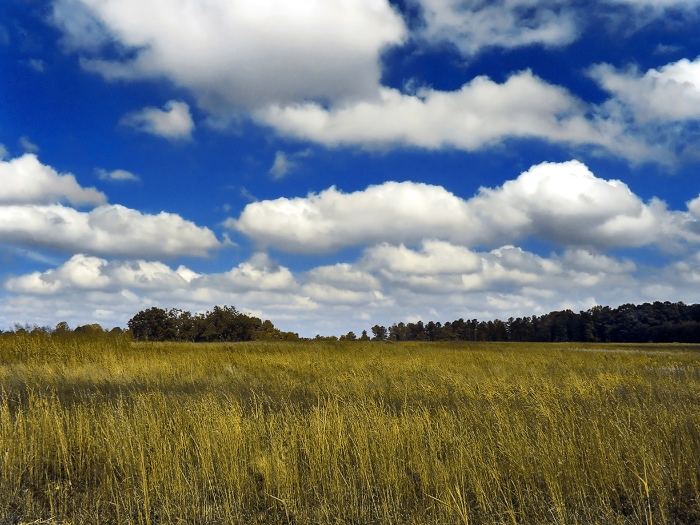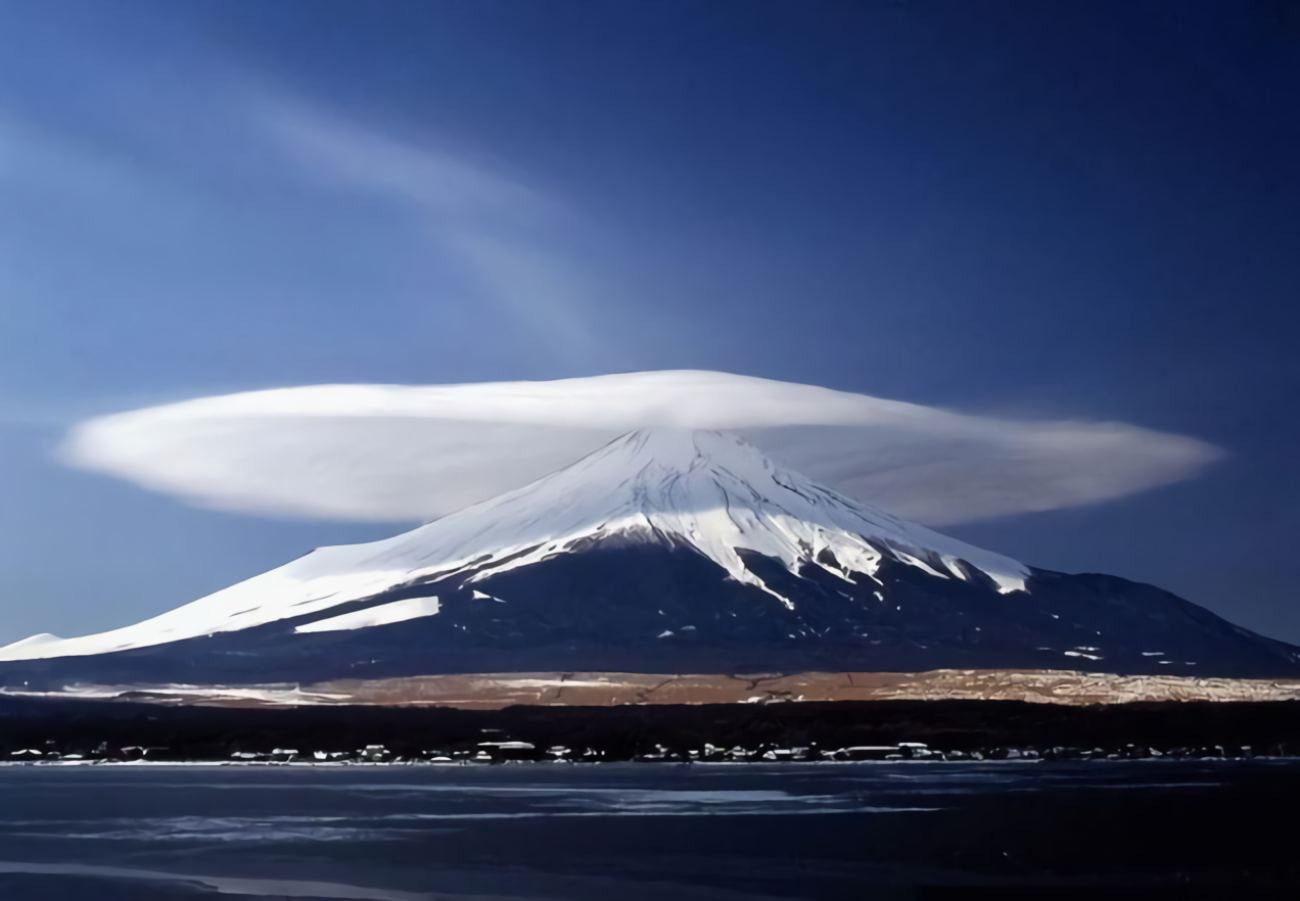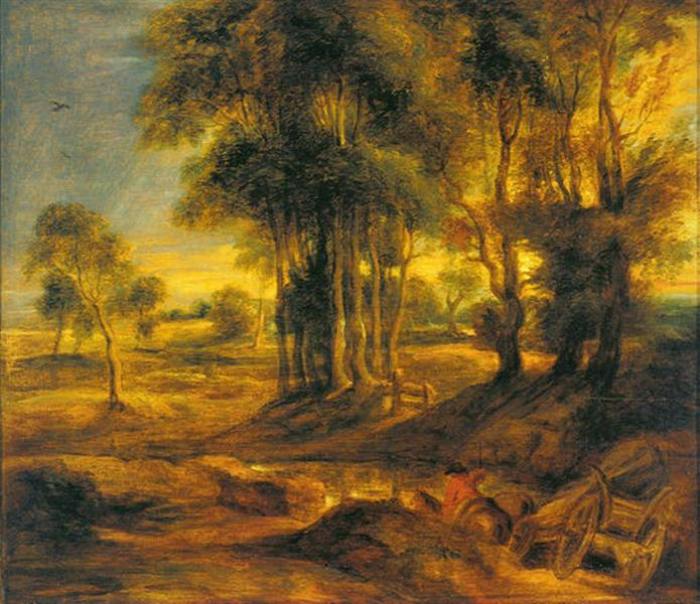Humans have been able to accurately forecast the weather by studying natural patterns for thousands of years. Clouds, in particular, may provide useful information about the near-term weather. Where do you think the day’s weather will stand? Take a look at the sky and make your own forecast. Listed below are five different classes of clouds, each with its own significance.
The formation of the clouds
The accuracy of weather predictions has risen dramatically in recent decades. However, mankind has been able to foretell the weather down to the hour by studying cloud patterns for thousands of years. Clouds, depending on their make-up, might be white, gray, thick, or thin.
The transformation of water vapor into a liquid state results in the formation of clouds. Clouds are formed when warm air that is already saturated with water cools, causing some of the water to condense into droplets. When air travels upward, it cools down because of the decrease in temperature.
Clouds are made up of tiny droplets of water or ice crystals suspended in the air. It’s clear that these particles are always in transit. According to scientists, a 1 km3 cumulus cloud may weigh up to 1,000,000 tons.
Cumulus
Hazy clouds are called cumulus clouds

These clouds have the distinct appearance of cotton due to their smooth surfaces. Both of their flat bases are on the same horizontal plane. With the sun shining on them, they take on a dazzlingly white color. Not only do they not foretell an impending rain, but they are also not even somewhat interesting.
Scientists classify cumulus clouds into three categories:
- Cumulus humilis, which is broad and short in height;
- Cumulus mediocris, which has a moderate height but few protuberances;
- Cumulus congestus, which is tall and bushy. This is the last phase of cumulus development preceding the formation of cumulonimbus.
Cumulonimbus
Thunderstorms can be brought on by the Cumulonimbus cloud

It shouldn’t rain as long as the cumulus clouds stay tiny, but if they keep getting bigger and higher in the sky, that’s a terrible omen. Storm clouds that are capable of producing hail are called cumulonimbus.
Cirrus
High in the sky, cirrus clouds float about

Very high in the atmosphere, between 3.5 and 7 miles (6 and 12 kilometers), cirrus forms as thin, white threads. The arrival of a warm front that might bring rain within 12 hours is signaled by cirrus clouds that get lower and thicker as time passes.
Stratus
These stratus clouds, like the Stratus nebulosus, are low and gray

Grey stratus clouds often hover fewer than 1650 feet (500 meters) above the earth. Hilltops and high-rises are readily hidden from view. Stratus clouds are a continuous blanket that might provide a little rain. If they make it to the ground, they’ll be like a dense fog.
Lenticular clouds
Lenticular clouds are often observed near peaks

A lenticular cloud’s shape has nothing to do with the weather’s trajectory. Their distinctive form recalls a lens or possibly a UFO. You may often see these clouds in the vicinity of mountain peaks. They owe their form to the presence of wind at high altitudes.





